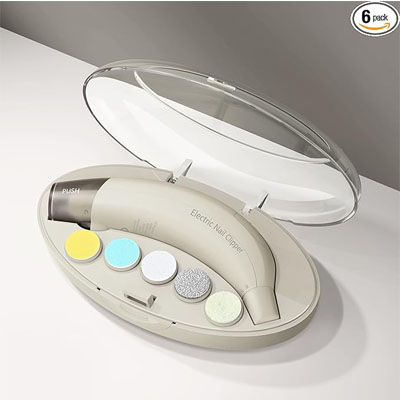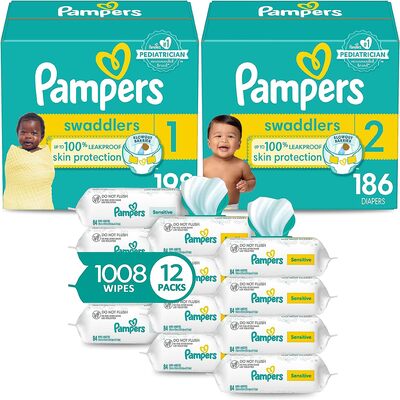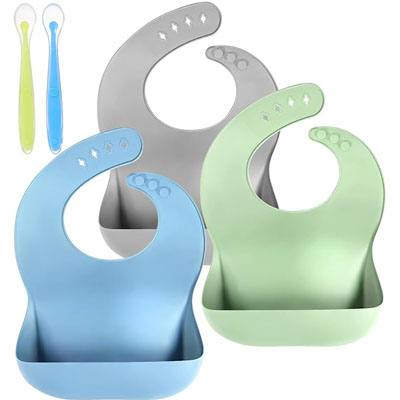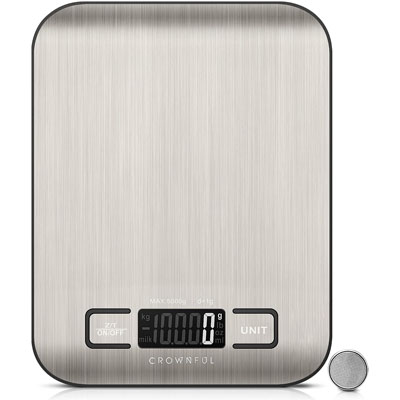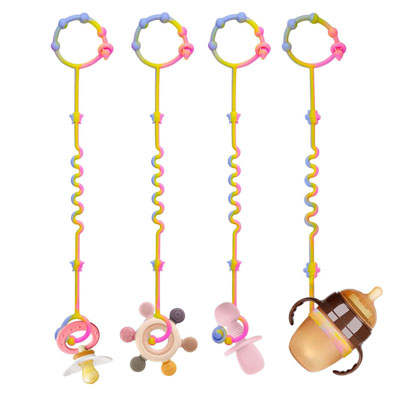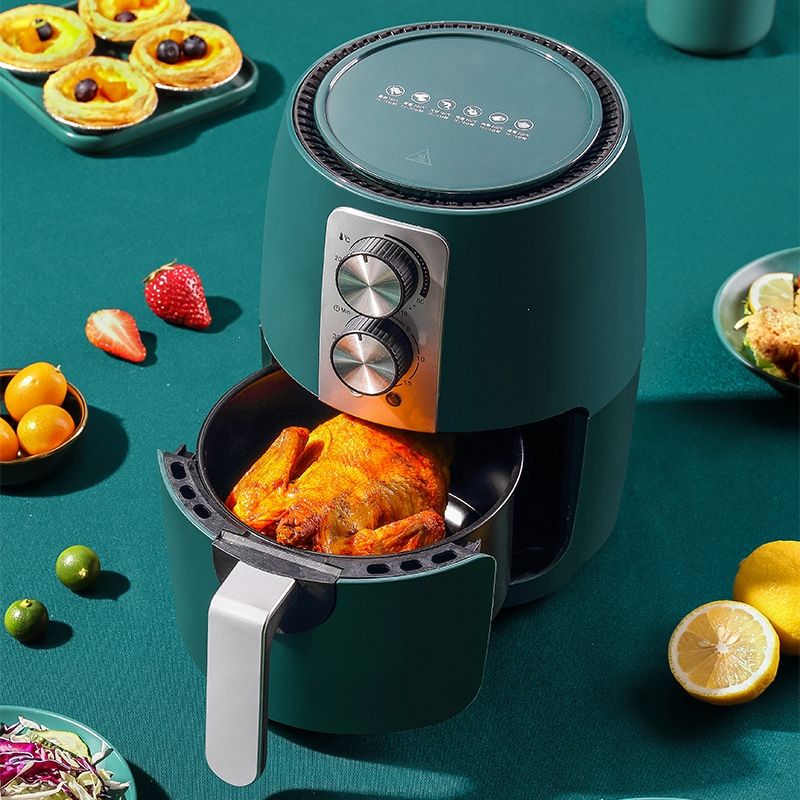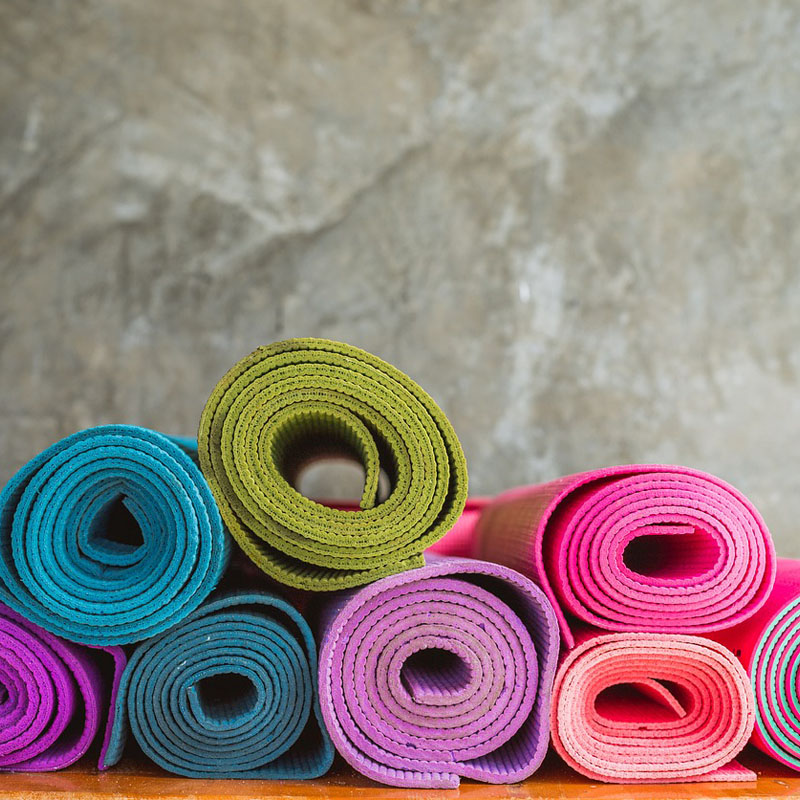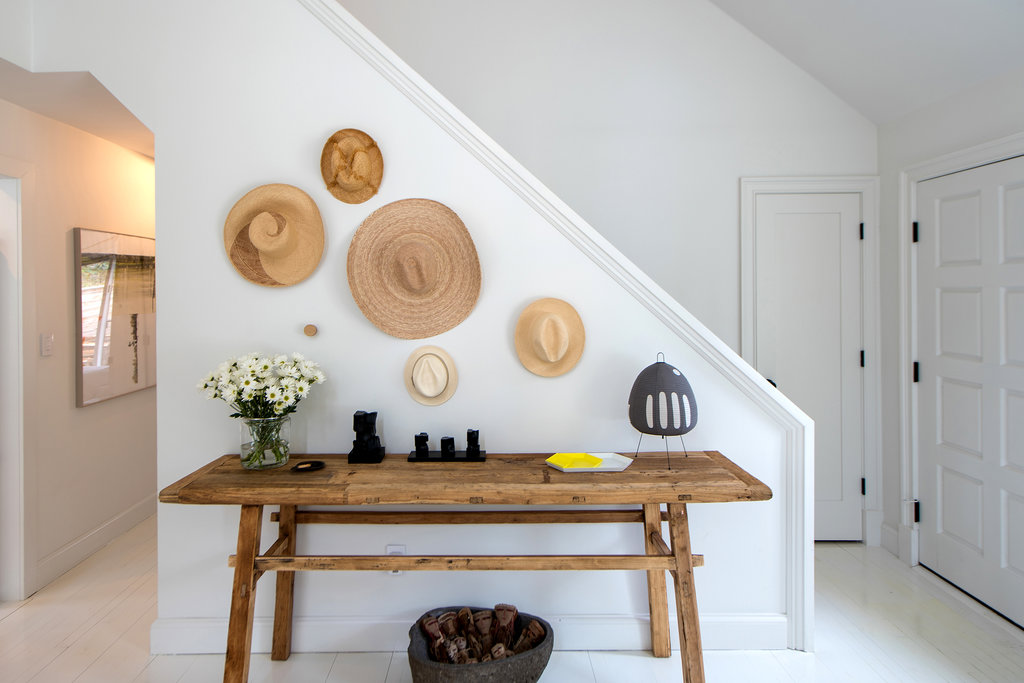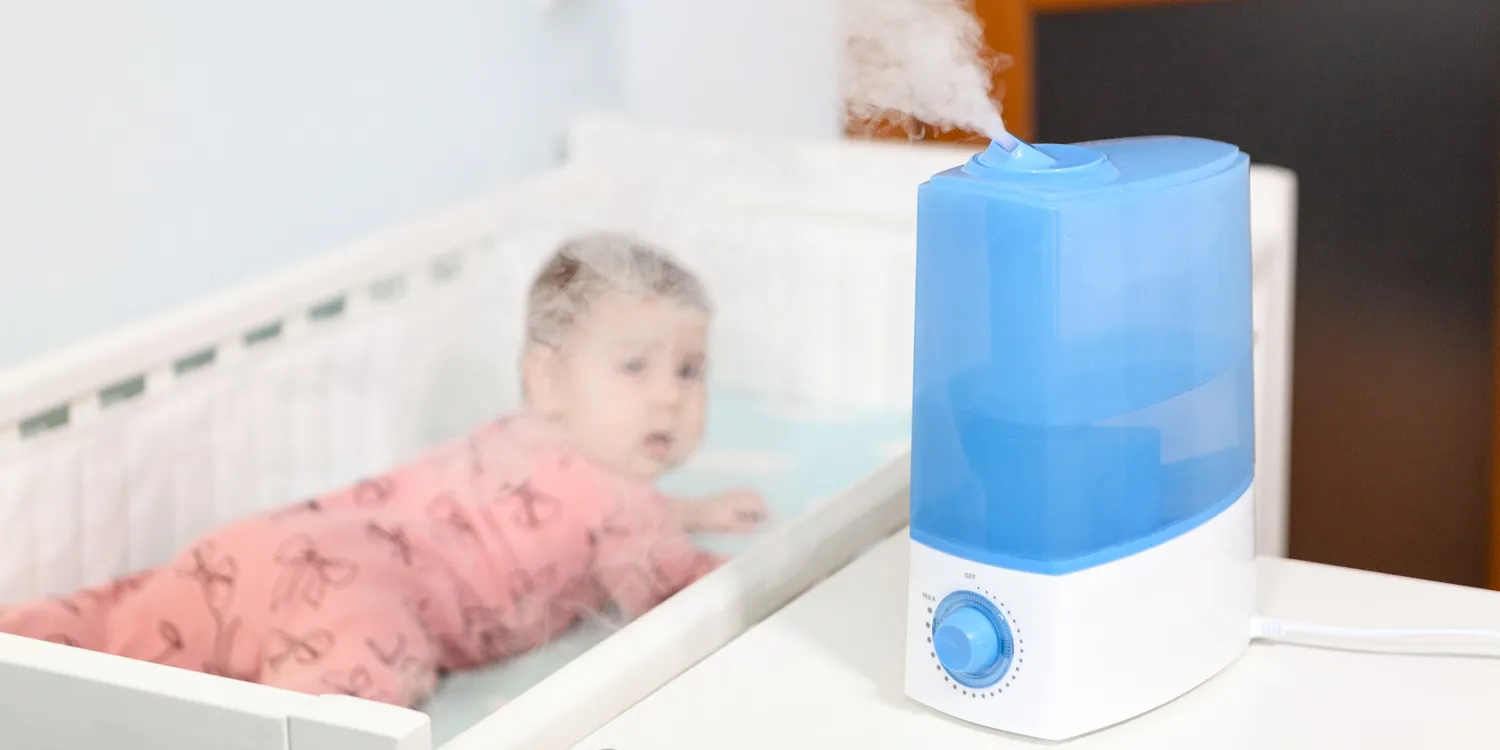How to Choose a Mattress
2022-08-23 02:58
Picking out your perfect mattress is one of the most important decisions you can make for your home — after all, it's the key to a good night's sleep — but the amount of options when you shop can make it seem like an impossible task. Between navigating the wide range of materials and marketing lingo, sorting through all of the sizes and specs and figuring out how much you should spend, it can be downright exhausting.
Fortunately, the bedding pros in the Good Housekeeping Institute's Textiles Lab extensively test to find the best mattress for every type of sleeper. We research the brands and features, have both analysts and consumer testers review the mattresses firsthand and run proprietary surveys with our tester panel to get long-term feedback on the models they already own. After evaluating hundreds of models over the years, we've learned a thing or two about how to shop for your ideal mattress. Before you dive in, keep in mind: There isn't one best mattress that'll work for everyone. It's important to consider your personal needs when you shop.
What to consider when choosing a mattress
First and foremost, your spine stays aligned when you lie down. Your sleep position, body type and personal preferences for the feel and materials will all play a role in determining which mattress is best suited for your needs. You also want to consider cost, convenience, durability and any sleep issues — i.e., whether you're a hot sleeper, have back pain or get woken up by your sleeping partner. We'll break down these topics (and more!) to help you decide.
Types of Mattresses
Memory foam and innerspring beds are the most popular types, but additional constructions are becoming more common to give shoppers a variety. Within each mattress type, you can still find a wide range of firmness levels and price points. Here's how to select your mattress type:
Memory foam
Memory foam mattresses offer the best pressure relief because they conform to your body and take weight off pressure points. Users describe lying on foam beds as feeling like they're being cradled. These mattresses are especially ideal for side sleepers or anyone with back pain because they help promote proper spine alignment by putting less stress on your shoulders and hips. They also help with motion isolation, so you're less likely to feel your sleeping partner move.
There are often multiple layers with firmer foam on the bottom for durability and support and softer foam on top for comfort. A downside to memory foam is that it can trap in heat more easily, though many brands now offer built-in cooling features to prevent overheating.
Latex
Latex mattresses feel somewhat similar to memory foam, but it's more resilient (i.e. bouncy) and feels firmer with less sinking in. Natural latex is made from rubber trees and may be used in organic mattresses, making it an ideal choice for eco-conscious shoppers. It tends to be more expensive than memory foam.
There are two prominent types of latex you'll notice as you shop: Dunlop, which is often denser, and Talalay, which may feel softer. Though in reality, you may not even be able to feel the difference between these two.
Innerspring
These beds are made of steel coils, making them firmer and providing more bounce. Innerspring mattresses feel familiar to many shoppers, especially compared to the boxed mattresses that have become popular in recent years. They're more suitable for back and stomach sleepers, who benefit from a firmer surface to keep the spine aligned.
Consider both coil gauge and coil count when you shop. Coil gauge tells you how thick the steel is; it typically ranges from 12-15 and a lower number means it's firmer and more durable. Coil count tells you the number of coils in the mattress; a quality model will have at least 400 coils in a Queen size. You can also consider pocketed coils, which means each spring is individually wrapped (instead of webbed together) for targeted support.
Hybrid
Hybrid mattresses use a combination of memory foam or latex and coils so you don't have to pick just one. These have become more popular in recent years, especially for online mattress brands. Typically, coils sit on the bottom for support, while foam sits on top for pressure relief. Many hybrids on the market — especially from bed-in-a-box brands — feel very similar to foam beds when you lie down. Just note that they're going to be more expensive and heavier to set up than their all-foam alternatives.
Adjustable
While these are less common, adjustable mattresses have air chambers that allow you to control the mattresses firmness level. They're especially useful for couples that have different preferences. They're expensive, though users consistently tell us their purchase was well worth the splurge thanks to the quality sleep they achieve.
Mattress Firmness Levels
Mattresses are most commonly described as soft, medium, medium-firm or firm. Medium to medium-firm beds are the most popular because they suit a wide range of needs. When picking out your firmness level, it's important to take into account both your sleep position and body type:
Sleep Position
- Side sleepers: This is the most commonly preferred position and the one that doctors typically recommend to avoid back pain. The best mattresses for side sleepers have soft to medium firmness levels because they help keep your spine aligned. If it's too firm, you may end up putting too much pressure on your hips and shoulders.
- Stomach sleepers: A firmer mattress is more suitable for anyone who likes to sleep on their stomach: You don't want your pressure points to sink in too far in this position.
- Back sleepers: Medium firmness is ideal in this case. If your mattress is too soft or too firm in this position, you risk not having proper alignment.
- Combination sleepers: Also opt for medium firmness to best support your various positions if you move around at night.
Body Type
- Heavier body weights: A firmer mattress is best for heavier bodies because more weight means more pressure on the bed. Too much pressure can cause the bed to sink in and jeopardize spine alignment, leading to back pain. Some top-performing mattress brands also make models designed specifically for people over 250 pounds.
- Lightweight sleepers: Smaller frames are better suited with a softer mattress because they aren't putting as much pressure on the bed. If the bed is too firm, it won't sink in enough to relieve pressure on the joints.
Factor in both your sleep position and weight when deciding on your best firmness level. For instance, if you're a lightweight stomach sleeper, you can choose a medium firmness to compromise between soft and firm.
 One more thing regarding firmness: Brands sometimes describe their mattresses on a scale of 1 to 10, with 1 being the softest and 10 being the firmest. These ratings can help you compare firmness levels when you shop, but don't get too hung up on the specific number. We often ask our mattress testers to rate firmness on a 1-10 scale, and their responses typically don't match what the brand specifies.
One more thing regarding firmness: Brands sometimes describe their mattresses on a scale of 1 to 10, with 1 being the softest and 10 being the firmest. These ratings can help you compare firmness levels when you shop, but don't get too hung up on the specific number. We often ask our mattress testers to rate firmness on a 1-10 scale, and their responses typically don't match what the brand specifies.
Sleep Concerns
Besides picking out the right mattress type and firmness level, you should also take into account any specific needs you may have while you shop. Here are some common issues and what to look for with each:
Hot Sleepers
A cooling mattress can help you stay at a comfortable temperature throughout the night, especially if you overheat as you sleep. While many factors — like physical conditions and summer heat — can contribute to night sweats and a mattress won't make them magically disappear, the right bed can certainly help alleviate hot sleeping.
Just note that not all cooling materials are the same and memory foam tends to be the worst offender for trapping in heat. Here are common types of cooling features that you'll see when you shop:
- Built-in cooling technology: Embedded metal particles (like copper), gel and phase-change technology are often used in foam beds to draw heat away from the body. Metal and gel can help prevent overheating, but their cooling effects tend to be less noticeable in real use. Phase-change technology has the ability to store and release heat so it's your best for all-night temperature regulation.
- Cool-to-the-touch materials: Sometimes you'll notice cooling covers that have an instant chilling effect. These draw in heat immediately, but won't stay cool overnight.
- Breathable construction: Innersprings and some hybrids (with more coils than foam) will allow for more airflow than all-foam mattresses.
- Electric cooling: There are plug-in options that use water or air to cool the bed. These are ideal to keep your mattress continuously cool, though they're more high maintenance and have added components to incorporate, like a cooling unit next to your bed.
Back Pain
The best mattress for someone with back pain will have at least some foam for pressure relief and a medium firmness level for support and spine alignment. We've consulted doctors that specialize in back pain, who say that an underlying issue is likely causing the back pain, but the right mattress can be one step in alleviating discomfort. In fact, studies have shown that the right mattress can improve pain, stiffness and sleep quality up to 50-60%.
Organic Materials
For anyone that prefers an organic mattress made of natural materials, it's important to make sure the entire mattress follows strict organic standards and not just one component. Sometimes brands use an organic cover and call it an organic mattress, which can lead to greenwashing by making it seem more eco-friendly than it actually is. Memory foam can never be organic; instead look for latex or innerspring mattresses. Check to make sure the bed is certified organic by a trusted organization, including:
- Global Organic Textile Standard (GOTS): This provides a standard for fabrics (like cotton and wool) and ensure the entire manufacturing process follows strict requirements, as opposed to just the growing of the fiber. We often see the GOTS certification misused in bedding, but you can verify a specific brand in its public database.
- Global Organic Latex Standard (GOLS): It's similar to GOTS because it sets standards for the entire production process, but it's for the latex component.
Note that other certifications may be used for beds with green claims, like OEKO-TEX, GREENGUARD and CertiPUR-US. These let you know that the mattresses have been tested to ensure there are no unsafe levels of harmful chemicals, but they do not validate any organic or natural claims on their own.
Construction Features
Certain specifications about how the bed is made may not be top of mind when you shop, but factoring in these features can play a big role in how satisfied you are with your bed. Here's what to look for if any of these issues are important to you:
- Motion isolation: If you or your sleeping partner moves around overnight, a mattress that doesn't let you feel the movement is ideal to keep you both sleeping soundly. Foam beds cancel motion better than innersprings, and we've found that luxury foam beds in particular do the best job.
- Modular firmness: For sleeping partners with different preferences, a split bed with interchangeable firmness levels is a great option, especially if you prefer a traditional mattress over one that's adjustable. Plus, these beds are easy to take apart for moving and to replace your firmness level over time. Naturepedic and Bedgear both offer modular mattresses with great reviews in our tests.
- Edge support: A common complaint we hear from mattress owners is that their beds sink in at the sides. This can be uncomfortable if you sleep near the edge, but it's mostly an issue of making it difficult to sit on the side of your bed. Low-cost beds and all-foam mattresses that ship in a box typically have less edge support.
- Mattress height: A taller mattress that's 14 inches or higher often has more layers feels more luxurious to lie on. That being said, a shorter mattress (around 10 inches) may cost less and be easier to set up. A lower mattress also allows for less struggling to put on your fitted sheet.




